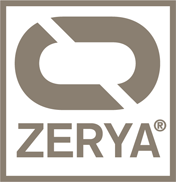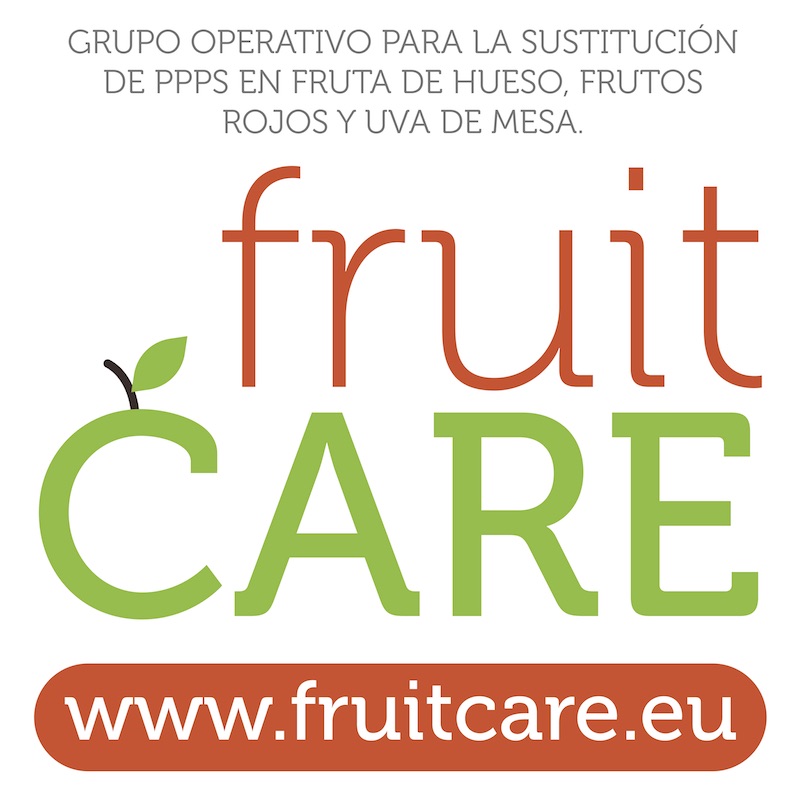
The FruitCare Project at a glance:
The purpose of integrating the FruitCare Operational Group (www.fruitcare.eu) arises from the elaboration by EFSA of the list of Candidates for Substitution Active Ingredients (CfS). Such matters, as the Agency describes them, are currently perfectly legal and safe, they comply with all the requirements set forth in European legislation and their use is allowed in each member state, although authorization is for each state.
However, various studies suggest that these substances included in the list; a) they have special risk mitigation needs or b) the pathogens they control can be addressed from non-chemical or preventive methods. Therefore, to contribute to agriculture with less environmental impact and greater guarantees for the health of consumers and users, the Agency has issued this list and the substances included in it have priority to be substituted by others, as many as possible. Because of this, there have even been manufacturers who have chosen not to renew their registration and gradually withdraw the product from the market. In some cases, advances in research carried out by EFSA and other official bodies have raised the level of alert about some of these substances and the European Commission itself is fighting for the elimination of the registration of some. In other cases, it is the health authorities of the member states that are unilaterally restricting the use of these substances in their territories, thus anticipating the conclusions of both EFSA and the Commission, but assuming a higher level of protection for consumers and environment.
FRUITCARE is a program sponsored by the Spanish Ministry of Agriculture and the National Program of Rural Developed funded by the European Union. The main objective of this project is to increase the competitiveness of the fruit-producing sector in Spain, anticipating the adaptation of crops to the new European public health requirements. In this way, the potential acceptance of the alternative strategies proposed here is amply demonstrated, as well as the need for the sector (first premise in a market study).
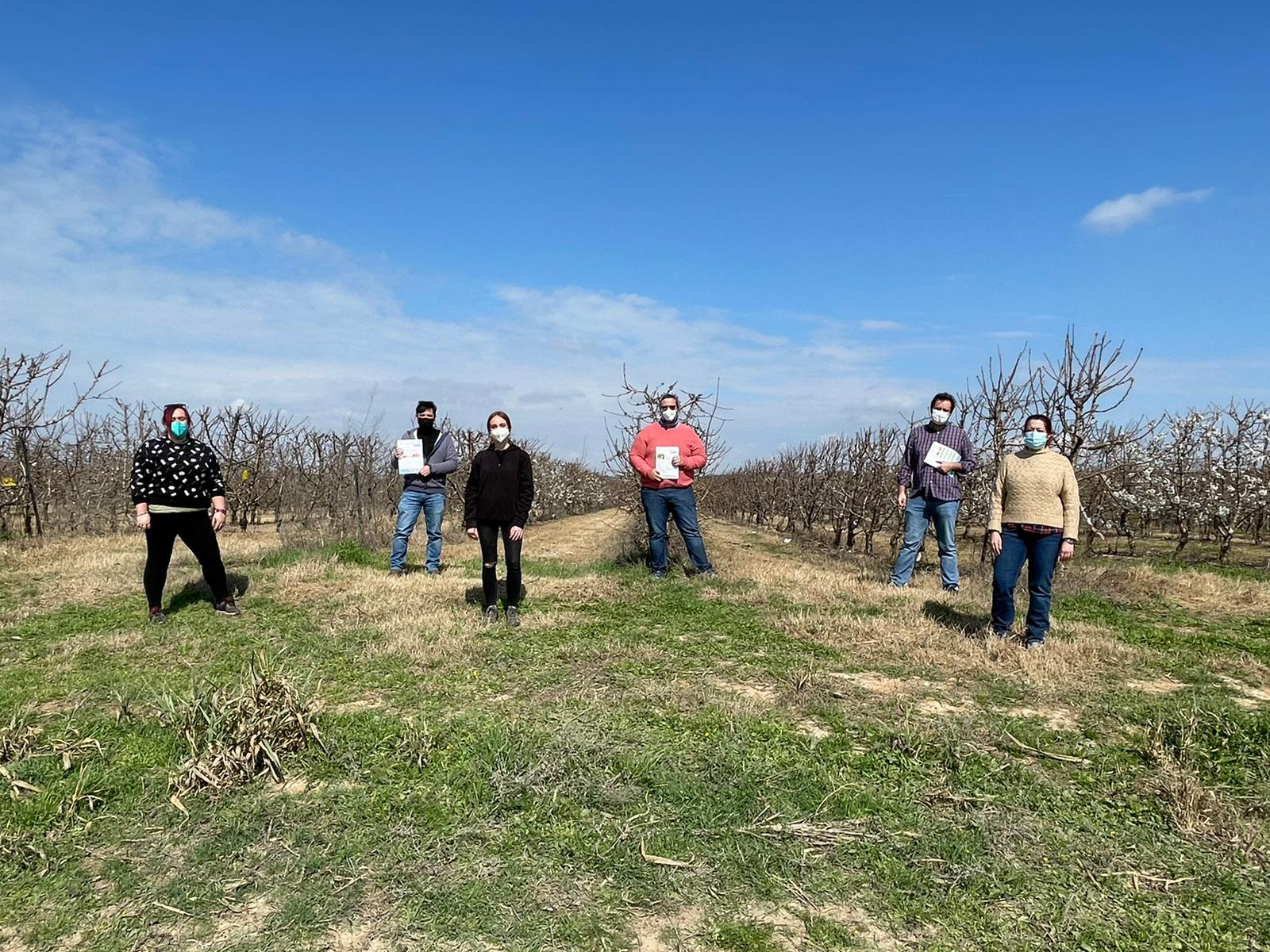
PROJECT LAYOUT
In its first stage, the changes that would take place in the production process of each crop will be evaluated, if the candidate active material is finally replaced, its economic and environmental impact will also be assessed. The main objective of this first stage is to identify the “trinomials” of interest according to the crop and geographical area: pathogen / pest-active material-crop. To evaluate the impact of the suppression of each PPP and to be able to identify the active ingredients of interest, first, the active ingredients candidates for substitution (CfS) will be classified according to their function, the impact that it would cause on the formulations currently registered in the Ministry and the impact its elimination would have. Likewise, the crops and formulations most used in agriculture that would be affected will be identified.
In the second stage, different strategies will be defined for the substitution of the active materials selected according to the suggestions of the technical staff and of the project’s partner producers. These strategies will be proposed depending on whether PPPs are used in pre-harvest (insecticides, herbicides, fungicides, soil disinfection) or post-harvest (fungicides). All strategies will be related to a lower environmental impact (biocontrol treatments in the field and / or in the plant, stimulation of plant resistance, application of postharvest technologies that help to maintain the quality of the fruit and increase its shelf life in conservation / commercialization, non-chemical quarantine treatments, etc.) and for human health (from the farmer to the consumer).
In the final stage, a comparative study will be carried out between the selected CfS active ingredients and their possible alternatives (during at least 2 campaigns or growing cycles). A final report will include the socioeconomic impact (possible influence in terms of production, yields and / or commercial quality of the product or generation of “green employment” and the environment (study of the variations that the entomofauna and flora present throughout the project), allowing us to determine, on the one hand, the real consequences of the suppression of active ingredients, as well as the suitability of the alternative strategies proposed, in each crop.
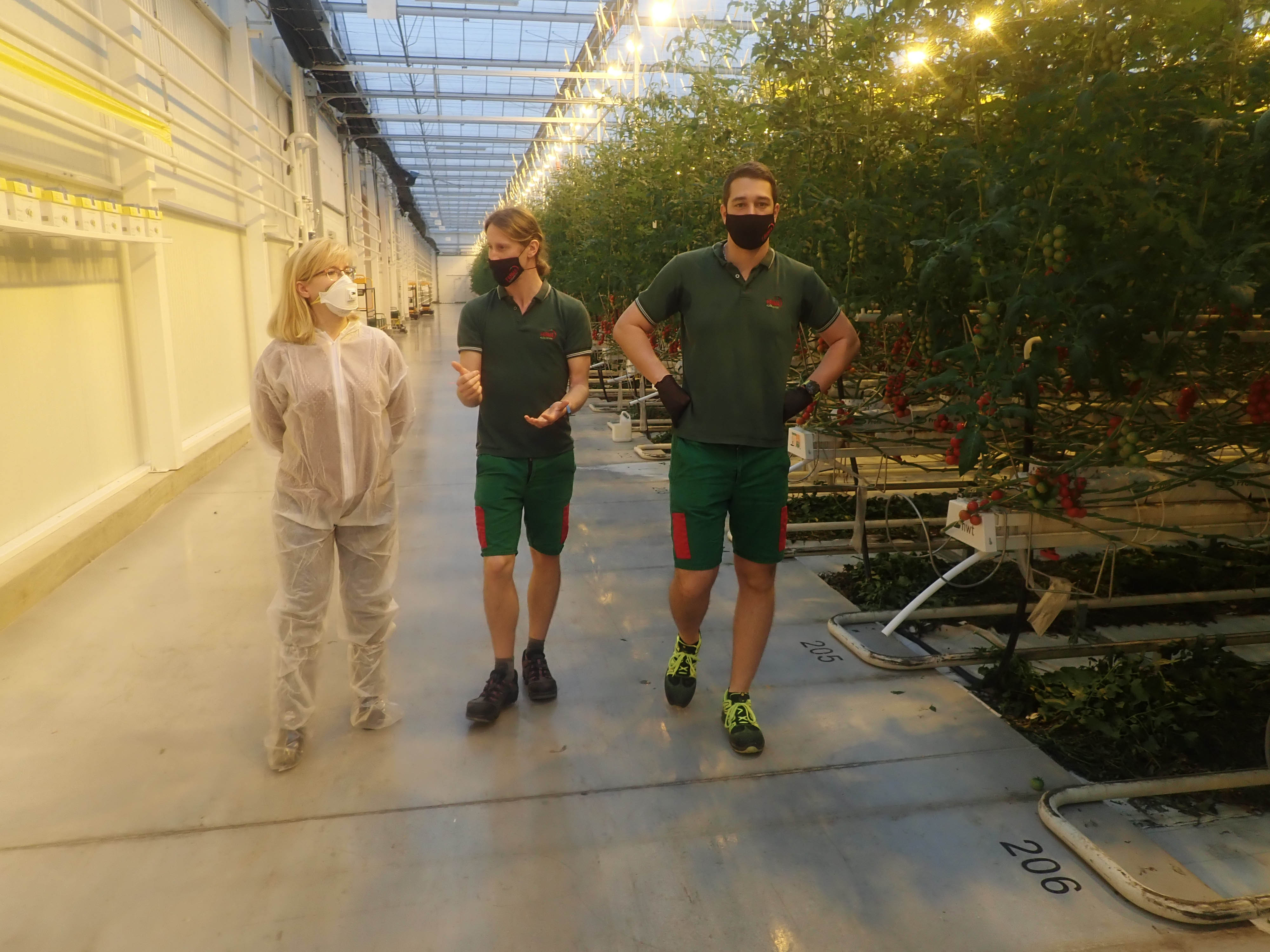
From the standards available in the EU, we chose the Spanish ZERYA. Today we know it was a perfect choice. Thanks to close cooperation with Javier Arizmendi (ZERYA COO), we prepared our greenhouse to this standard during 2019. At the same time, we were preparing our sister greenhouse Farma Kameničany in Slovakia for this standard. As a result, both farms were certified at the end of the year and were able to proudly label their tomatoes as free from pesticide residues.
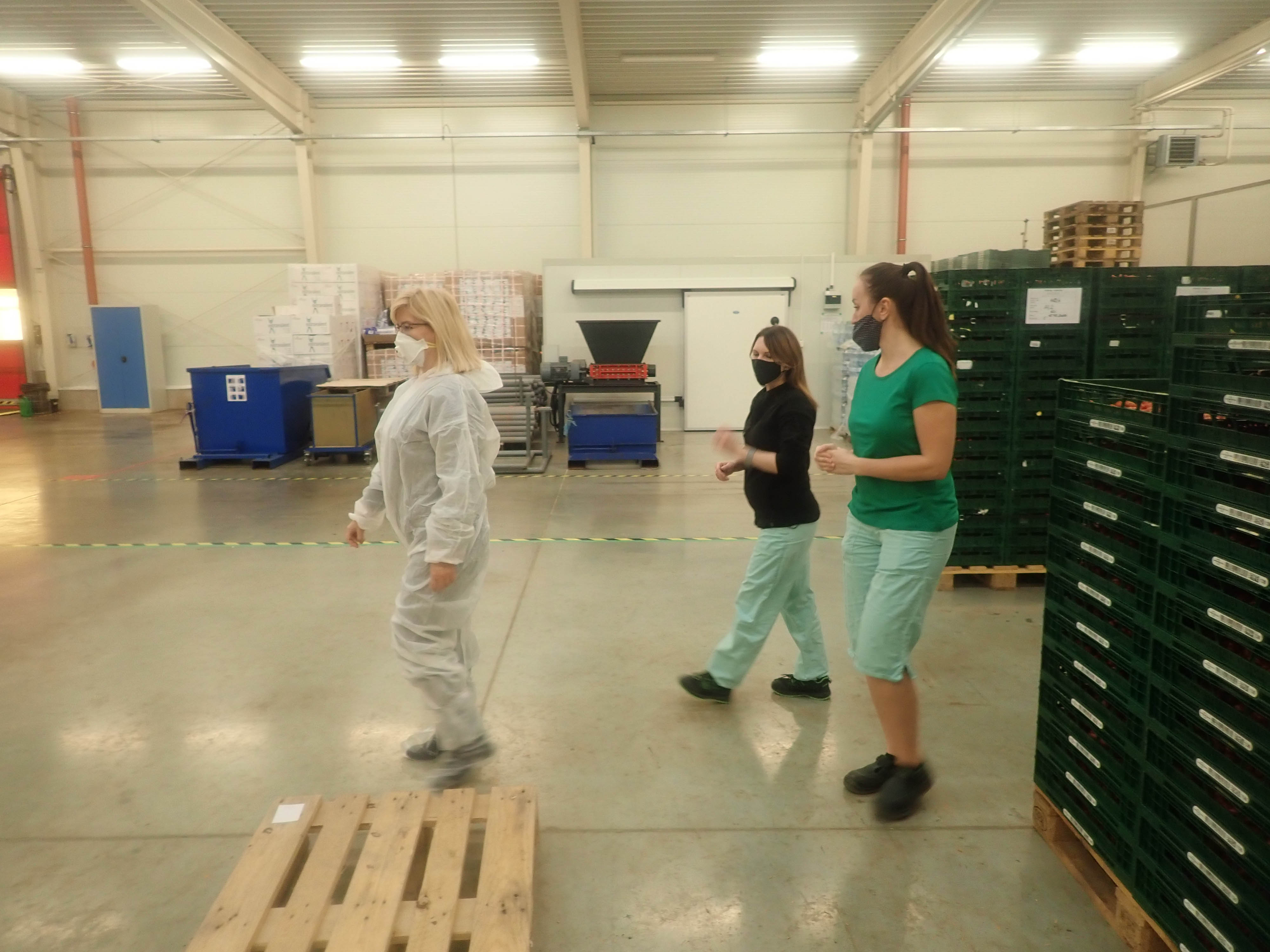
In the Czech Republic and Slovakia, TESCO helped us a lot with this declaration at the beggining. It was the first supermarket that allowed our tomatoes to be labeled with declaration of free from pesticide residues. Kaufland has also recently joined. The customer in the Czech Republic and Slovakia is thus beginning to recognize another category of fresh vegetables.
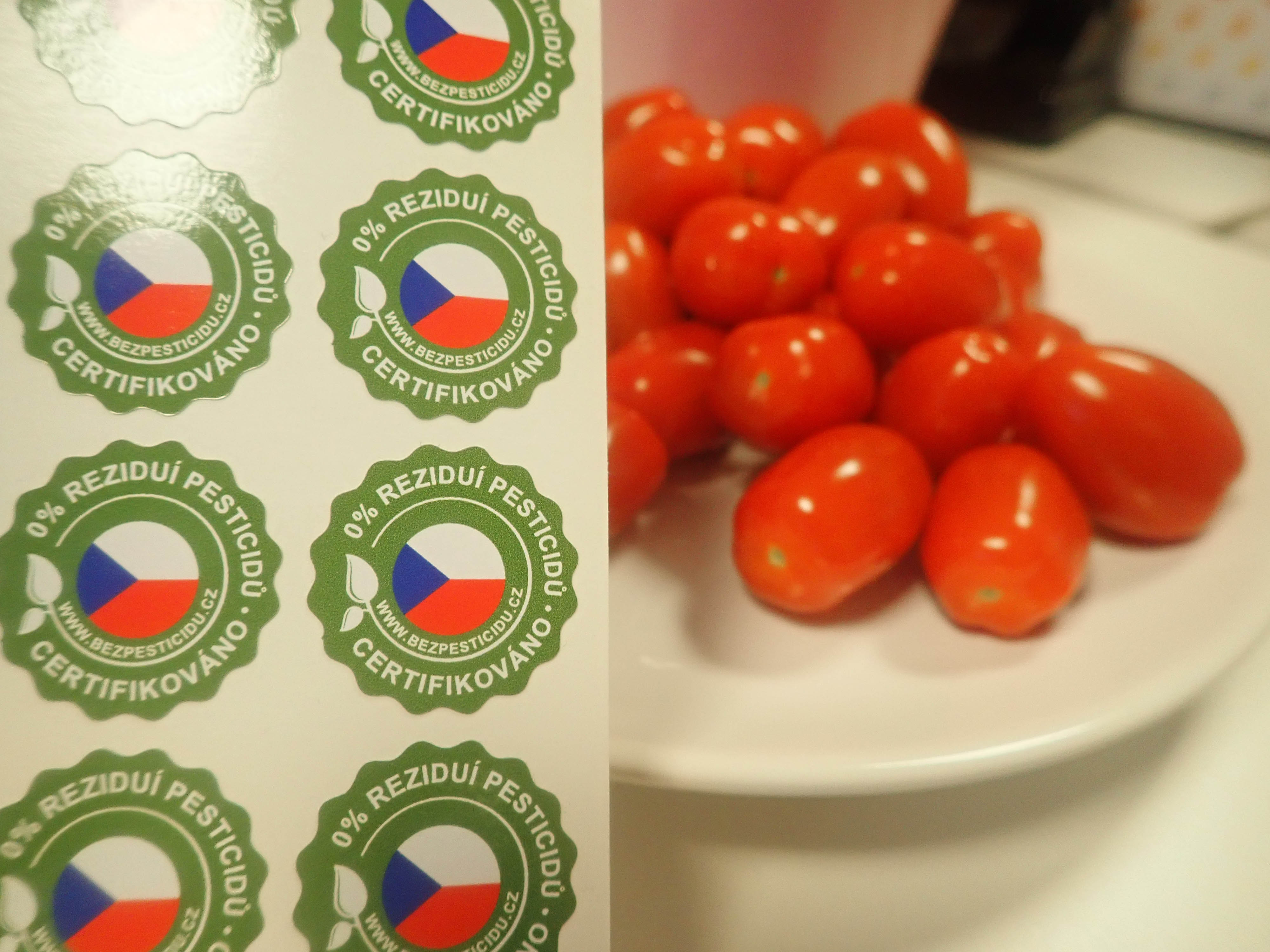
Our joureny was the inspiration for two other greenhouse farms in the Czech Republic. Despite all the difficulties, thanks to the COVID virus, we helped these greenhouses to prepare for entry into the ZERYA standard. During December 2020, the control body Baltic Control performed an initial audit and awarded the Farma Kožichovice and the Zemědělské družstvo Haňovice certification to the ZERYA standard.
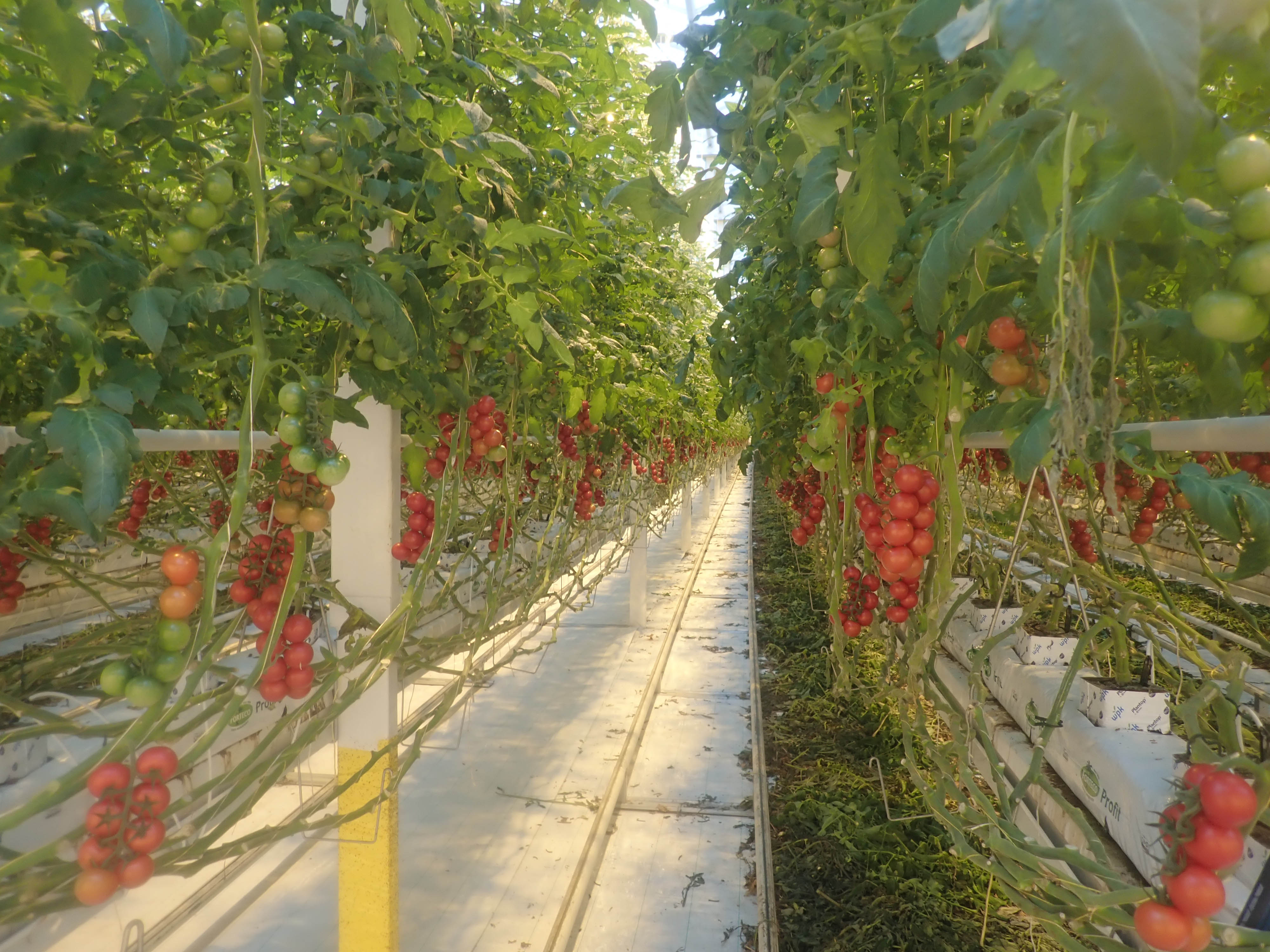
Personally, I am very pleased that, thanks to the ZERYA standard, free from pesticide residue production is being developed in the Central Europe. I feel that we are only at the beginning of a long run. Nevertheless, I believe that other growers will join us soon, including a number of fruit growers. In addition, supermarket chains are beginning to recognise this category as a higher standard of quality.
Responsible for ZERYA standard implementation in the Czech Republic and Slovakia
